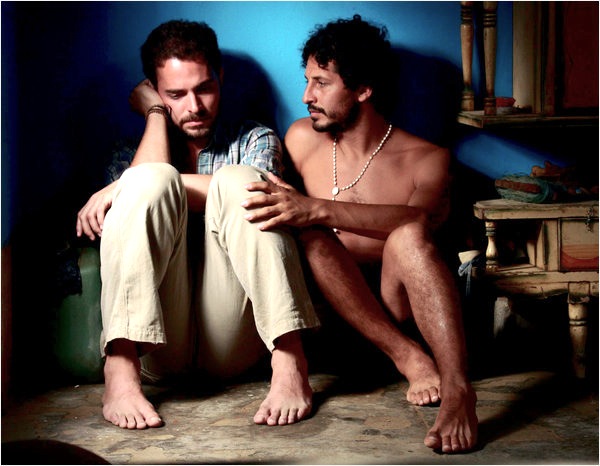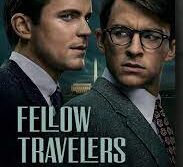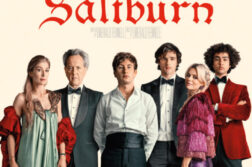Undertow
Directed by Javier Fuentes Leon
Elcalvo Films; Dynamo
Producciones; La Cinéfacture;
Neue Cameo Film
IN THE END, what is most poignant about Undertow, a new film by Javier Fuentes Leon, is the plight of the ghost. In the small fishing village in Peru where this remarkable film takes place, the boyfriends are able to walk down the street holding hands only after one of them has died—and is therefore invisible to everyone but his lover. Like the guys in Brokeback Mountain, the lovers in Undertow must hide their relationship from the community. In Brokeback they hid in the mountains. In Undertow they hide in the Afterlife. It’s a simple plot, with endless irony; and the shot of the two men walking down the sunny street of the village, hand in hand, because one of them is invisible, is a classic.







